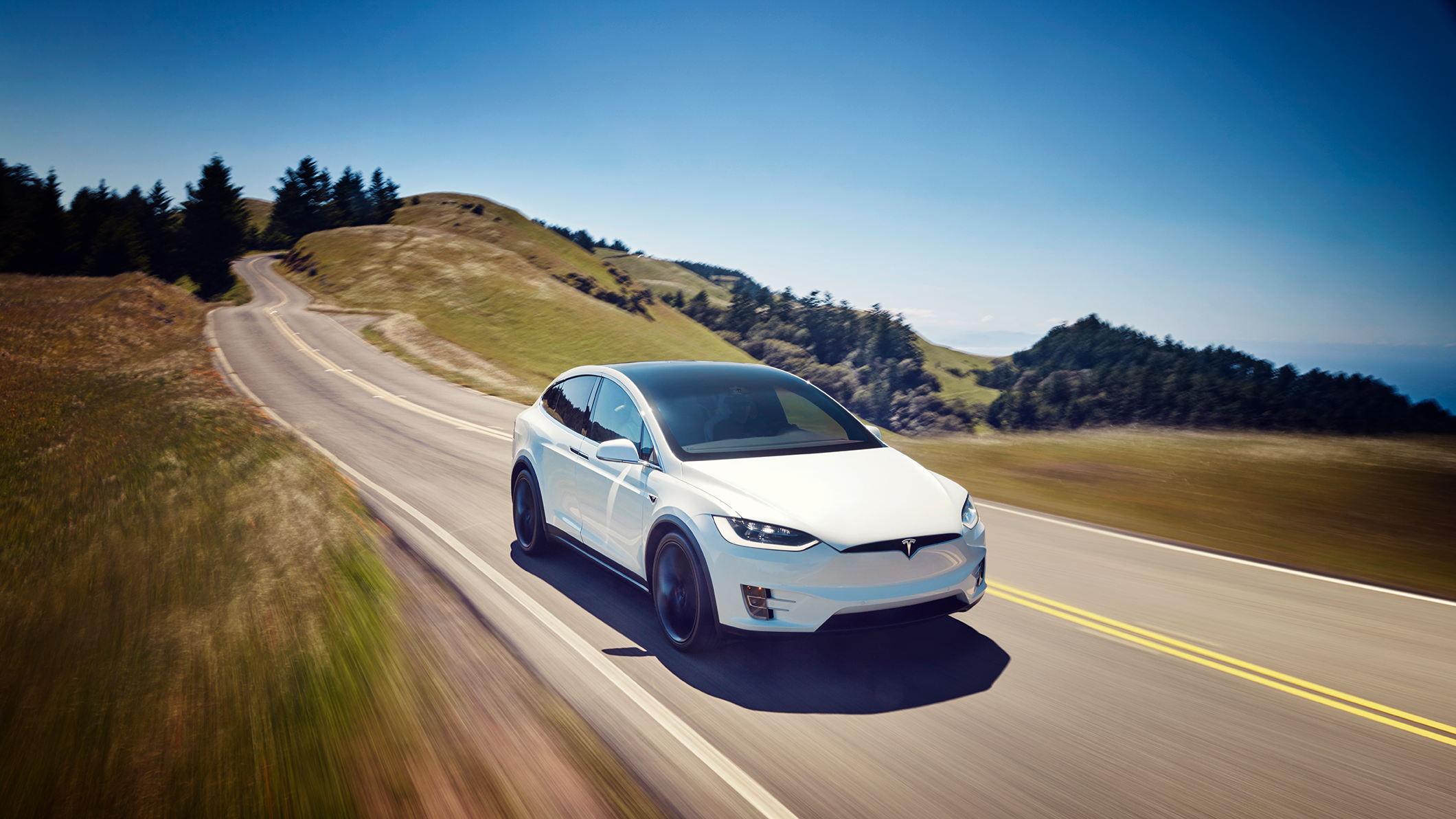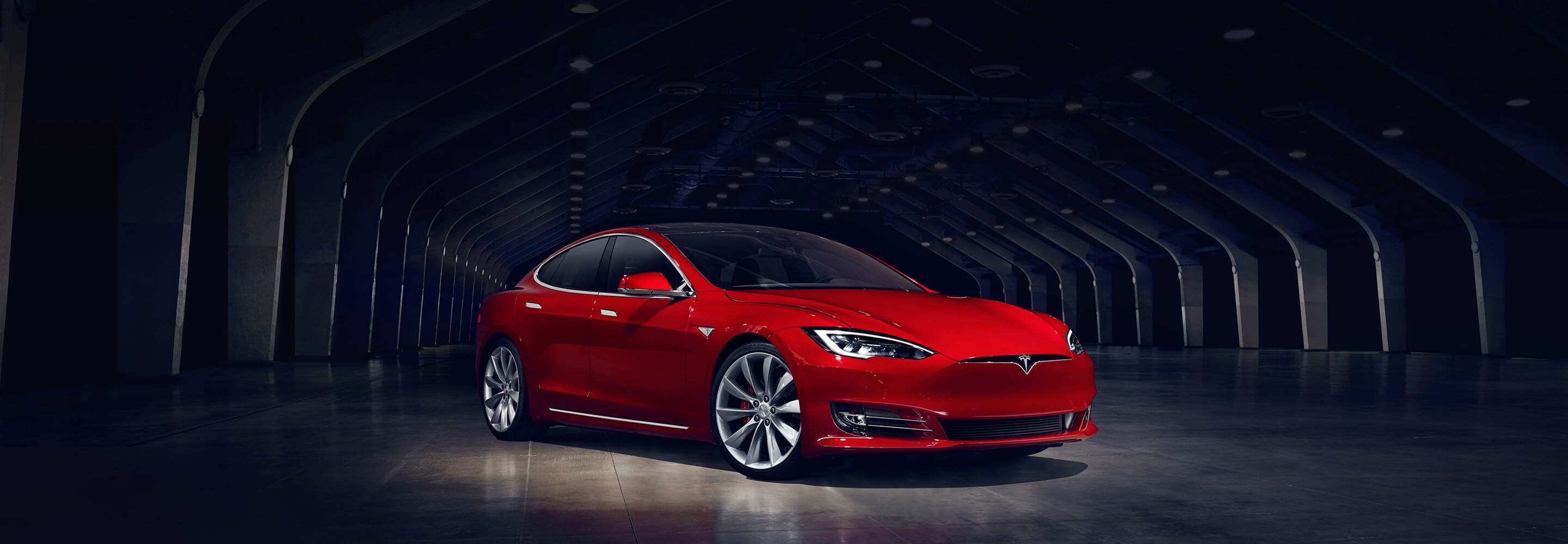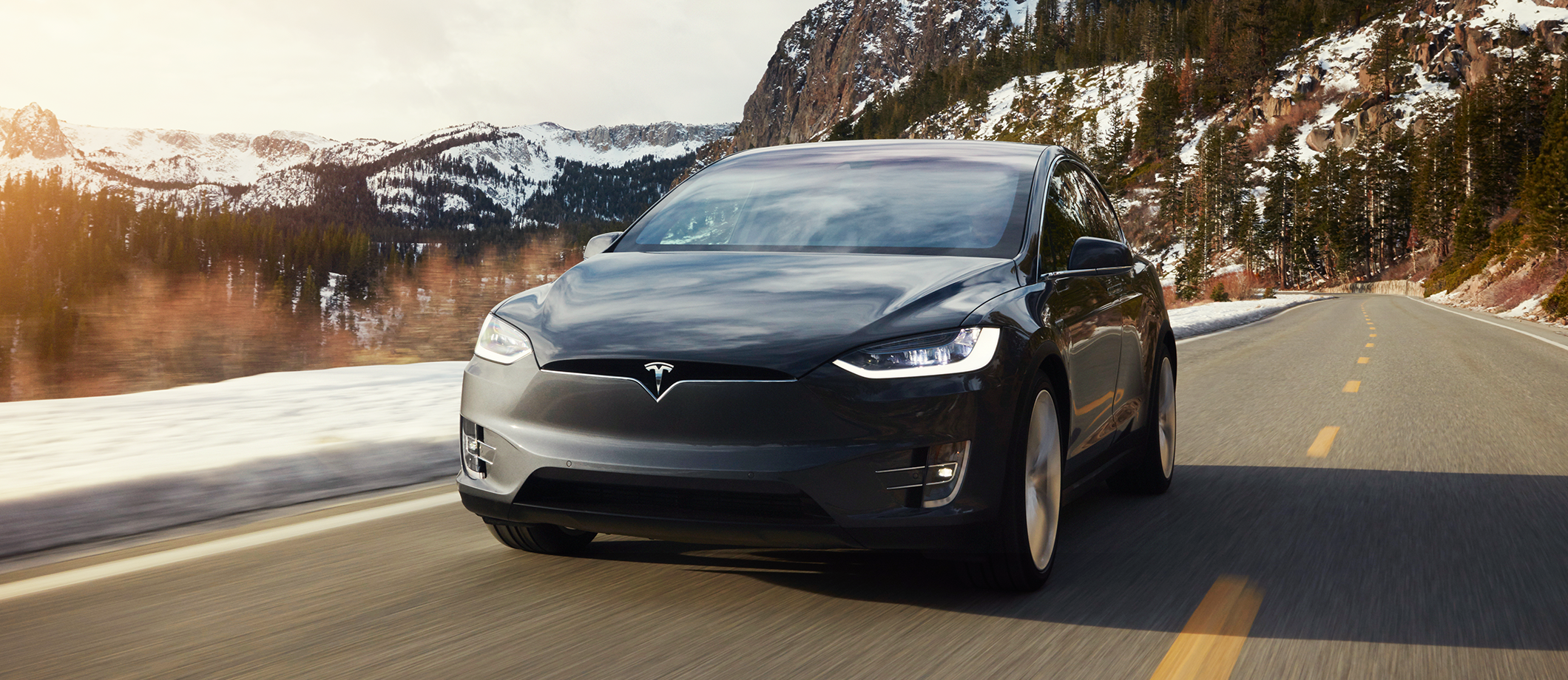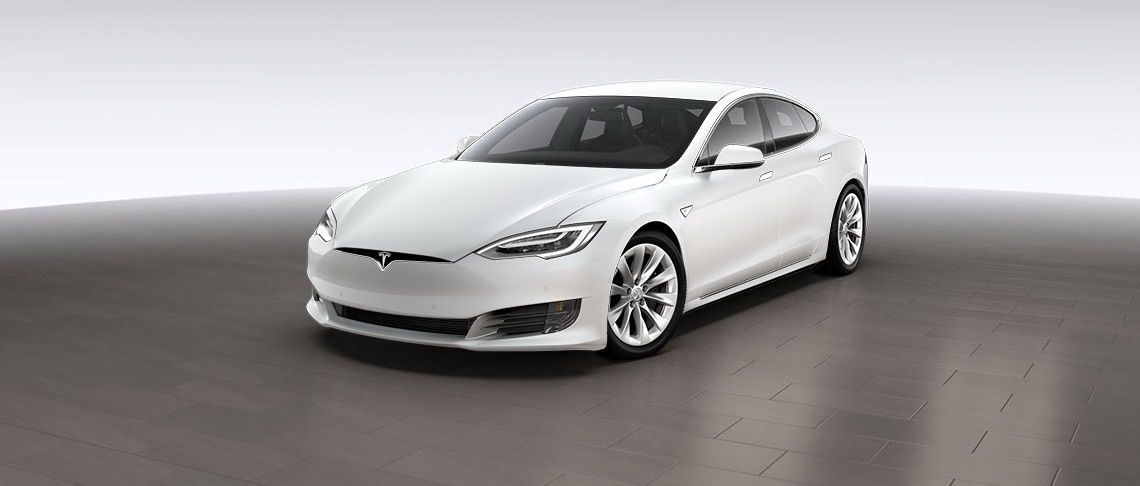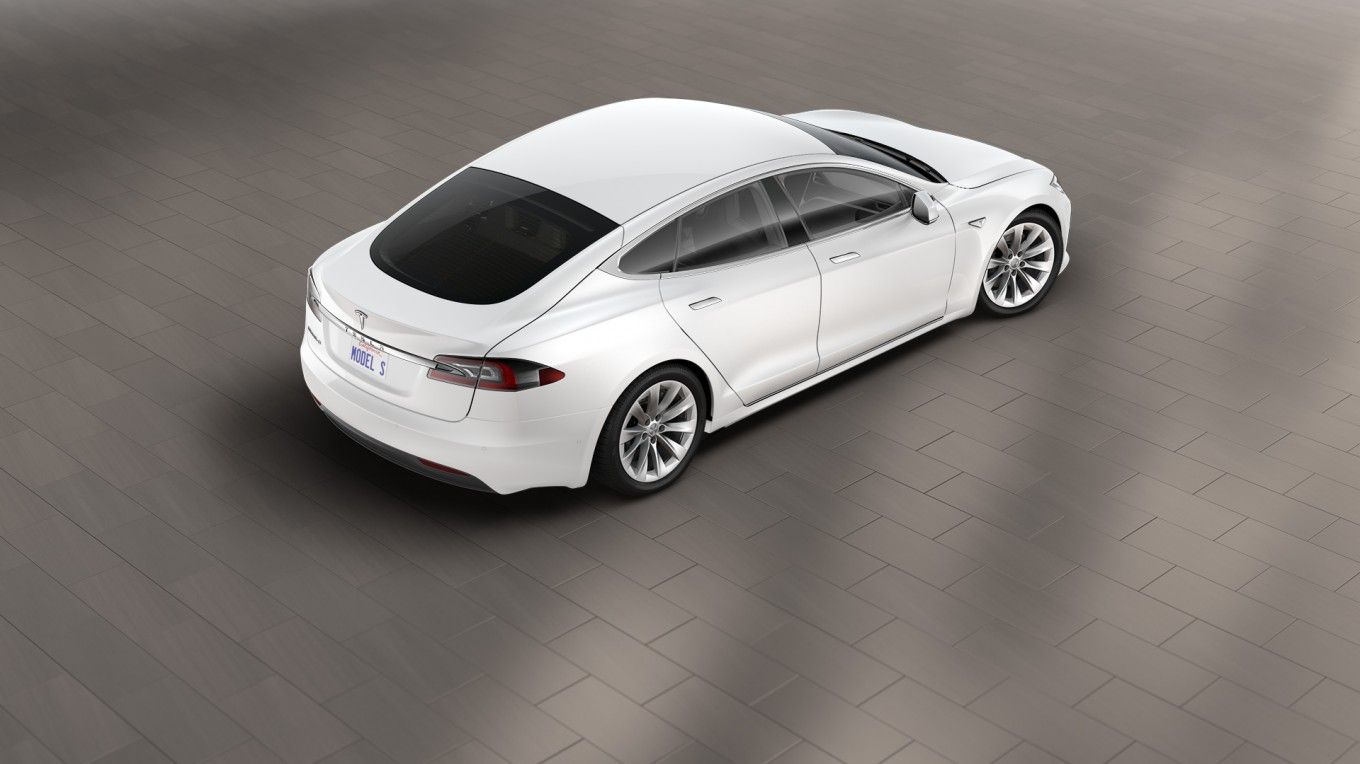Tesla has no plans to refresh the Model S and Model X, echoing CEO Elon Musk’s position regarding the issue. Instead, a series of “minor ongoing changes” are expected to come for both models. This might be disappointing news to owners of either the Model S or Model X, but this isn’t anything new for the automaker, which has stood by its CEO’s stance that “Tesla doesn’t do refreshes,” or at the very least not in the traditional sense that most automakers do. It’s a unique position Tesla has taken, particularly now for both Model S and Model X models that have suffered in the sales department as more customers turn their collective attention towards the far more affordable Model 3. Is it a mistake on Tesla’s part, or is all of this a matter of semantics since most of the updates that both the Model S and Model X can be considered “refreshes” in their own right?
There are times when you look at Elon Musk’s comments and appreciate the passion and self-belief behind his words. There are also times when you just shrug your shoulders and wonder what he’s talking about. This is one of those times.
First, it’s important to establish exactly what a “refresh” means.
Now, compare it to what Tesla has done to the Model S and Model X and you’ll realize that Tesla doesn’t do refreshes the way other automakers like Kia do it. Take the design of the electric sedan and electric SUV, for example. Neither model has had a dramatic change in design since they hit the market: the Model S in 2012 and the Model X in 2015. The closest the Model S got to a “refresh” came in 2016 when Tesla removed the Model S’ black nose cone and added a body-colored fascia on the sedan to closely match the design of the Model X. It wasn’t so much an actual refresh as it was Tesla trying to create a uniform look for its two existing models at the time.
So, if you think about these things in those terms, there is some truth to Elon Musk’s position that Tesla doesn’t do “refreshes.” Heck, he even resisted from calling the Model S’ 2016 facelift a refresh, even though you could argue that it was one.
Beyond these changes, there were also rumors that Tesla was working on refreshing the interior design of the Model S and Model X. Nothing came out of those rumors — at least not yet — but you can chalk these up to actual refreshes, no matter what Musk says.
The caveat to all of this is that even if we get caught up in the semantics of this argument, Tesla’s position, and that of Musk, will still rule out because the automaker, or at last its executives, will have final say and authority to determine what changes are in line for the Model S and Model X. If no “refreshes” are coming for both models, then it’s unlikely that we’ll get significant visual upgrades for either of the two models
In its financial report released earlier this month, Tesla achieved a record of sorts by delivering 92,500 units all over the world. But those numbers are misleading, too. Of that total, over 81 percent — 77,550 units — were deliveries of the Model 3. The rest — 17,650 units — represented deliveries of the Model S and the Model X. Here in the U.S., year-on-year sales numbers of the Model S have spiraled, too, specifically in the first six months of 2019. According to CarSalesBase, from January to June, only 7,550 units of the Model S have been sold. That’s a decline of 25 percent compared to its sales numbers — 10,820 units sold — in the first six months of 2018. The Model X has so far staved off that sales decline in the first half of the year, but the numbers aren’t getting any higher, either. Only a few days ago, Tesla discontinued the least-expensive versions of the Model S and Model X, while also cutting prices on some remaining variants. That doesn't sound like a company that’s raking in money, is it?
It’s possible that Tesla is disregarding making significant refreshes on the Model S and Model X because it knows that both models are on borrowed time. I can’t say that with absolute certainty, but with the company’s finances are still in a state of flux with so many projects still lined up in the near and far future. it’s a far better option for Tesla to spend whatever it can on other projects.
Then there’s the Tesla Model 3, which has become the company’s sales workhorse. It’s also possible that Tesla is shifting its focus on the Model 3, in part because of the massive demand for the car, and in part because it’s the vehicle that’s selling like crazy these days. If you’re an automaker, you’re going to want to focus your attention and ride your moneymaker for as long as you can.
I wouldn’t go as far as to say that Tesla is completely ignoring the Model S and Model X. That’s not fair and it’s not accurate, either. But there is something to be said for the rather lackadaisical approach in keeping both models relevant and up-to-date.
I think it’s a mistake in Tesla’s part, and if it’s throwing in the white flag on both the Model S and Model X, it’s not going to paint a good picture of the company’s future moving forward.
Then again, maybe Elon Musk just doesn’t like the word “refresh.” That could be all there is to it, too.
Tesla model range
|
Tesla Model Y Standard Range |
230 |
120 mph |
5.9 seconds |
$39,000 |
|---|---|---|---|---|
|
Tesla Model Y Long Range RWD |
300 |
130 mph |
5.5 seconds |
$47,000 |
|
Tesla Model Y Long Range AWD |
280 |
140 mph |
4.8 seconds |
$51,000 |
|
Tesla Model Y Performance |
280 |
150 mph |
3.5 seconds |
$60,000 |
|
Tesla Model X Long Range AWD |
295 |
155 mph |
4.7 seconds |
$88,000 |
|
Tesla Model X Performance |
289 |
155 mph |
2.8 seconds |
$104,000 |
|
Tesla Model S Standard Range |
270 |
140 mph |
4.2 seconds |
$69,750 |
|
Tesla Model S Long Range |
335 |
155 mph |
4.1 seconds |
$73.750 |
|
Tesla Model S Performance |
315 |
155 mph |
3.0 seconds |
$89,750 |
|
Tesla Model 3 Standard range RWD |
220 |
130 mph |
5.6 seconds |
$26,950 |
|
Tesla Model 3 Standard Range Plus RWD |
240 |
140 mph |
5.3 seconds |
$28,950 |
|
Tesla Model 3 Long Range RWD |
325 |
140 mph |
5.0 seconds |
$34,950 |
|
Tesla Model 3 Long Range AWD |
310 |
145 mph |
4.5 seconds |
$38,950 |
|
Tesla Model 3 Performance AWD |
310 |
162 mph |
3.2 seconds |
$49,950 |
Further Reading
Read our full review on the Tesla Model S.
Read our full review on the 2017 Tesla Model X.
Read our full review on the 2018 Tesla Model 3.

